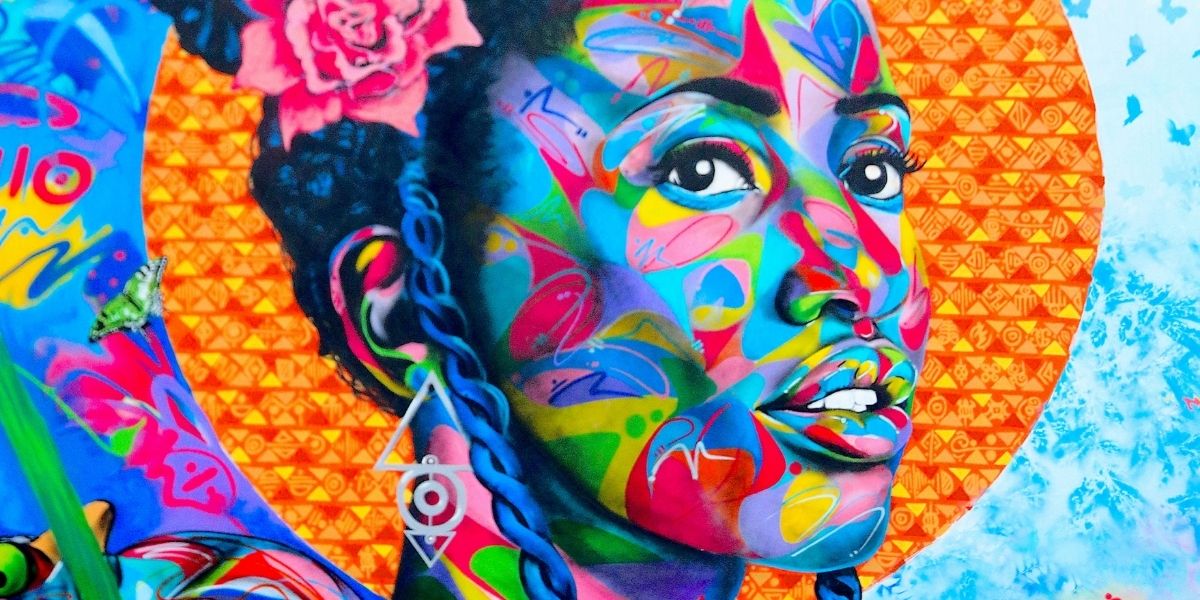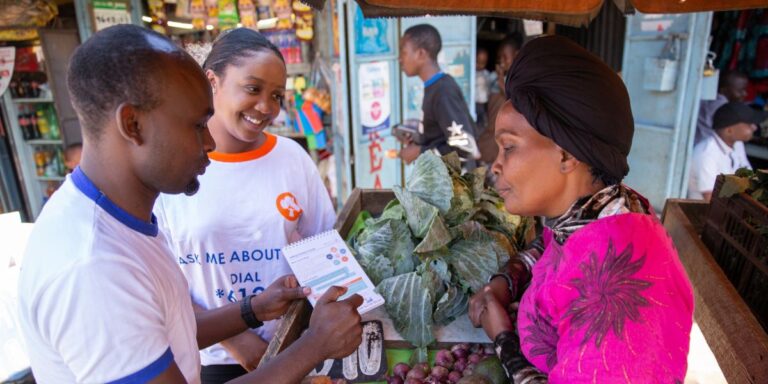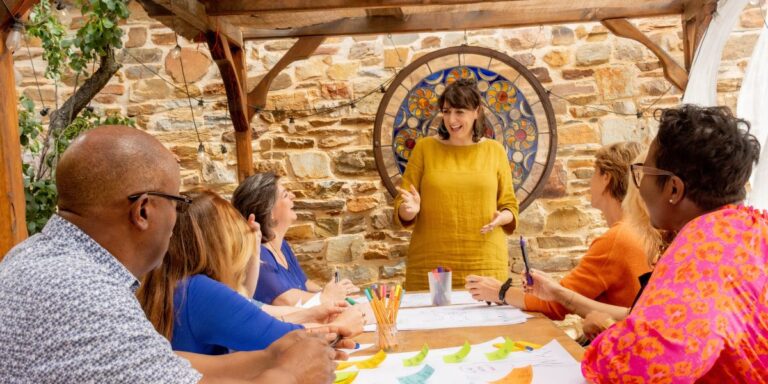Authentic Leadership Among Women in Humanitarian Work: A Qualitative Study
One of our team recently completed her academic thesis on the challenges that female NGO leaders face in trying to be their authentic selves at work. Here she shares some of her findings.
Why did you choose this focus for your research?
I’ve worked in the humanitarian space for many years – sometimes in management positions – and it’s often been clear that there is a culture in which it’s difficult to be vulnerable. In fact it has sometimes felt like the opposite: with people boasting about the dangerous situations they have been in. Over time this has changed, but I wanted to know how women feel about showing their vulnerable side in this kind of work. Can they lead how they want to lead? Or do they feel pressured to conform to a culture that doesn’t suit them?
How did you conduct your research?
I interviewed women leaders working in the humanitarian sector, from Sudan, Jordan, Afghanistan, Australia, and Kenya. They work at different levels in organisations: team leaders, CEOs, and in both emergency and development settings. I asked them about their leadership styles, experiences with cultural and structural barriers, team dynamics, and management approaches, with particular attention to differences between emergency and routine operational contexts.
What did you find out?
I found four big themes. The first was around personal growth and development. When these women arrived at work, they already had something a bit different about them – a spark that their employer noticed. They were hardworking, invested and motivated, and their work gave them opportunities, which they embraced.
The second was about authenticity and identity. The women I spoke with all had a very clear sense of their own identity. For example some were Muslim or Christian and their faith was central to who they were. They didn’t necessarily need or want to work in a faith-based organisation, but it was important that they could stand for their beliefs where they worked. This identity kept them going through all the challenges of leadership.
Most [women I spoke with] had a similar style: they believed in a flat leadership structure, not an authoritative one.
The third was about gender. All of them felt like they were victims of stereotyping in some way. One was known as an “ice queen” because she had to be more severe than she wanted in order to gain respect. One was told she must have “slept with the boss” to get to where she was. One had her idea ignored in a high level of meeting, so asked her male colleague to share it instead, and everyone accepted it enthusiastically. In fact they all had examples like this: of having to be flexible and creative to get their points across.
And the fourth was around diversity. They all felt that organisational diversity efforts were a positive trend, but that too often they were tick-box exercises rather than genuine desires to benefit from diversity. And some felt that true diversity should be more about competencies and skills, not just demographic characteristics like race, gender, and age. This was a very strong sentiment in fact.
What surprised you in this research?
Well I began the study expecting to document widespread discrimination stories, but I discovered that most women had succeeded by strategically choosing organisations that aligned with their personal values and offered more inclusive environments.
I also noticed that women leaders often were more able to be authentic in emergency context than in the day-to-day work. It’s hard to say why, but the profile of humanitarian workers that do emergency work is already quite different. They’re often people who are attracted by the adrenaline or the hardship. And they also come in for a very short time – a few weeks. On the other hand, when you’re on a more regular mission, you’ve got to consider the local culture, and more complex elements that have an impact on people.
You mention in your research the persistent barriers that prevent women from being more authentic leaders. What are some of these barriers?
Some cultures feel that women who stay at home after giving birth should not really hold a job. The women that I interviewed who came from cultures like these said “thank God we had a family that let us go to school”. I spoke to one woman who has a training to attend soon and her father has to accompany her. All these practices limit your freedom.
Were there notable similarities or differences between the leadership styles of the women you interviewed?
I think most of them had a similar leadership style: they believed in a flat leadership structure, not an authoritative one. So it was a style characterised by participation. This was even true in emergency contexts. And even though most had been told at some point that their style was too slow, and that they needed to show more authority, they carried on. And that’s because they saw its benefits. For example, one lady working in the Middle East had taken a number of years building the trust of the team, getting them involved, and encouraging them to speak out. The program was producing good results, and wellbeing was high. But then when she was replaced by someone with a very different style, and she told me that it all collapsed.
What might help women in leadership roles to be more authentic?
Lots of the women I spoke with told me about the importance of having mentors and mentorship programs. They said that if they had more time, they would connect more with other women in similar roles with whom they can share their challenges and ideas. There is a lot of training and support available for people who are in, or preparing for, roles like these, but I think there might be a gap for more peer group support for female leaders.
Would you like to become more authentic in your leadership? Why not explore Leadership Coaching with us.











